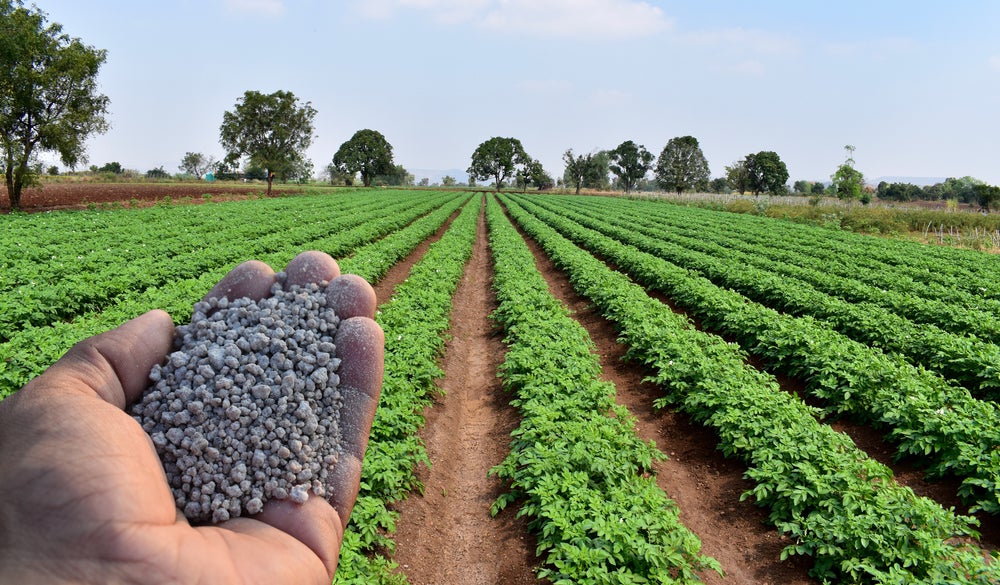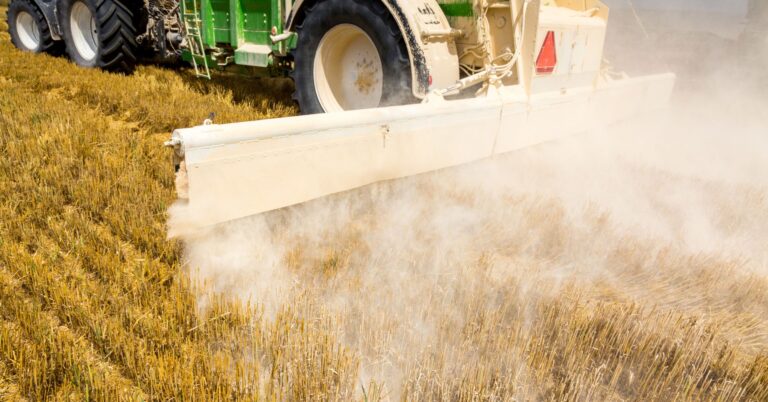DAILY Bites
-
New Yale-led research challenges global assumptions, showing lime can remove carbon dioxide from soil rather than emit it.
-
Acidic inputs from fertilizer and pollution, not lime itself, are the main driver of carbon dioxide emissions from agricultural soils.
-
The study calls for revised emissions policy that targets acid addition, not liming, to better support food security and climate goals.
DAILY Discussion
Adding lime to agricultural soils can remove carbon dioxide from the atmosphere, rather than cause carbon dioxide emissions, according to new research.
The findings, based on over 100 years of data from the Mississippi River basin and detailed computer modeling, run counter to international guidelines on reducing agricultural emissions.
The research was presented Wednesday during the Goldschmidt Conference in Prague.
The team, from the Yale Centre for Natural Carbon Capture at Yale University, shows that the addition of acidity, in the form of atmospheric pollution and fertilizers, is the main driver for carbon dioxide emissions from soils. By calculating emissions based on acid inputs, they show how emissions may be being underestimated in some cases and the potential for lime to reduce emissions is being overlooked.

A significant proportion of agricultural emissions is linked to soils. The Intergovernmental Panel on Climate Change calculates that all the carbon in lime, when added to agricultural soils to reduce acidity, is emitted as carbon dioxide, although some countries use a lower figure.
When lime is added to soil, it reacts with carbonic acid to create bicarbonate, calcium and magnesium. If there are strong acids present in the soil, such as nitric or sulfuric acid, these will react with the bicarbonate to create carbonic acid and release carbon dioxide.
Lead author Dr. Tim Jesper Suhrhoff, from the Yale Centre for Natural Carbon Capture, said: “It is the reaction of acidity with the carbonate that creates carbon dioxide emissions, not the addition of the lime itself. In the absence of the strong acids, the liming would not lead to any emissions and would actually remove carbon dioxide from the atmosphere through the formation of bicarbonate.
“Current guidelines that penalize liming assume that if we didn’t lime, there would be no emissions, but that’s not the case,” he noted. “If we continue to add acidity to the soil, it will react with remaining natural pools of alkalinity to create emissions. By penalizing liming, rather than the addition of acids, we are targeting the wrong driver and potentially losing the other benefits that liming can bring, in terms of increased yields and lower nitrous oxide emissions.”
The researchers use data from the Mississippi River basin, collected since 1900, to calculate the impact of atmospheric pollution, fertilizer use and liming on carbon dioxide emissions. They show that the combination of industrial pollution from fossil fuel burning and increasing use of nitrogen fertilizers since the 1930s has created high levels of acidity in the soil which have not been counterbalanced by liming.
Since the 1930s, when limestone application to croplands substantially increased, both the efficacy and efficiency of carbon dioxide removal has also increased, as indicated by river records and model results. Researchers estimated that today removal is occurring at approximately 75 percent of the theoretical maximum rate.
The researchers call for a reconsideration of policy on agricultural emissions, with emissions being linked to addition of acid fertilizers rather than lime. However, they noted that this needs to be handled with care.
“We have known for a long time that liming is great for farmers and global food security,” Suhrhoff said. “What we show here is that over longer timescales, it is also an efficient way to remove carbon dioxide from the atmosphere. Adding a large amount of silicate rock to neutralize the acidity, before moving to liming, may be the best strategy to limit emissions and gain the additional benefits that liming can bring.”


:max_bytes(150000):strip_icc()/Markets-6-Corn-down-12-99d8f1c9a5524e4587717165da085146.jpeg)
:max_bytes(150000):strip_icc()/soybeans_usb-2-2000-f3cbf2d5ad334bbca68c6fb09087a9cd.jpg)
:max_bytes(150000):strip_icc()/ef117210-3403-49d6-bb51-d536654db570copy-176e1975d49748e387f25ef15c916c11.png)



:max_bytes(150000):strip_icc()/IMG_8614-1024x683-1-7a384ef194a947388580ce508f7a18df.jpg)
:max_bytes(150000):strip_icc()/produce-2048x1359-1ed7856d78714899862f4ec58eb85fbd.jpg)
